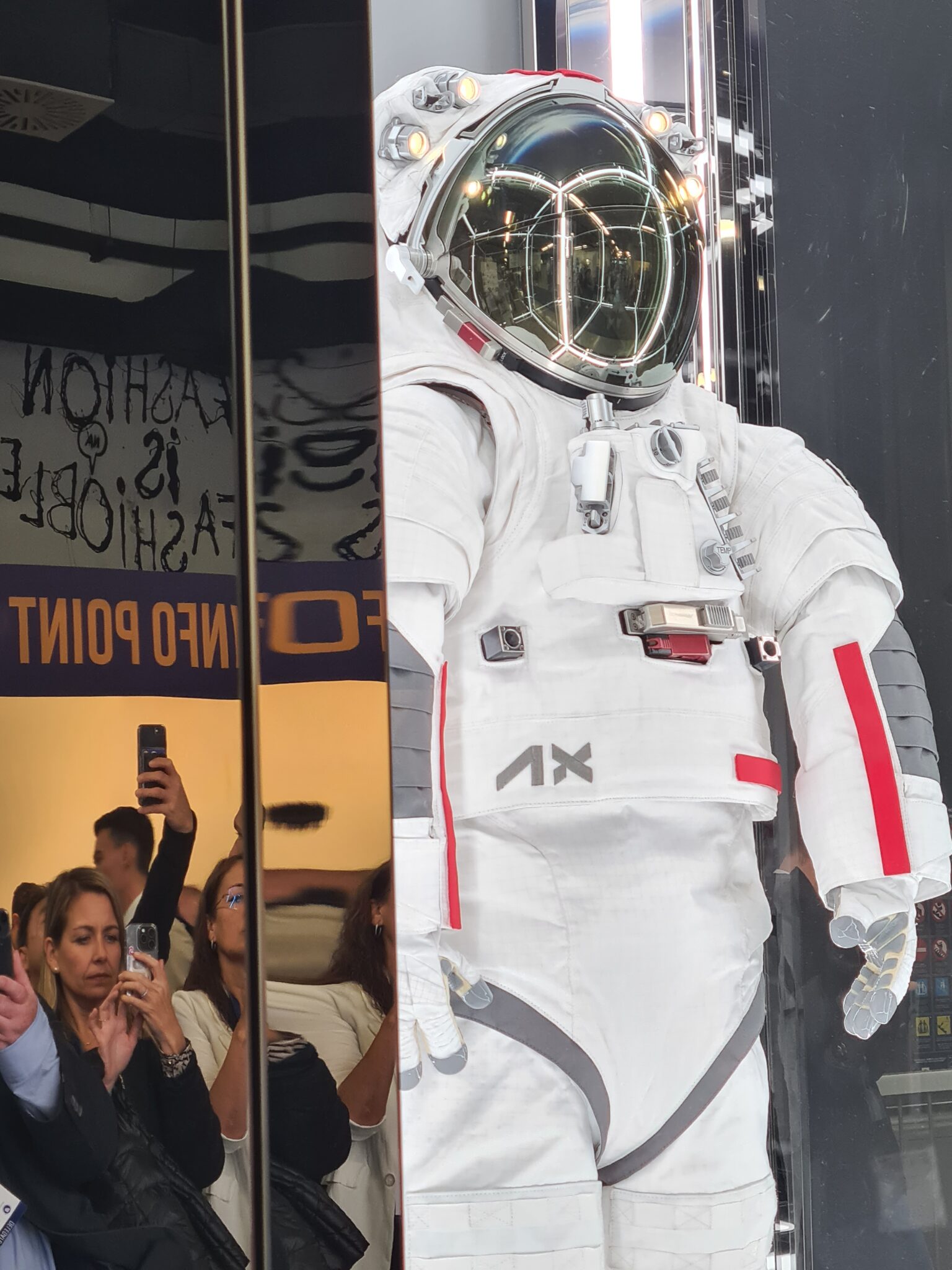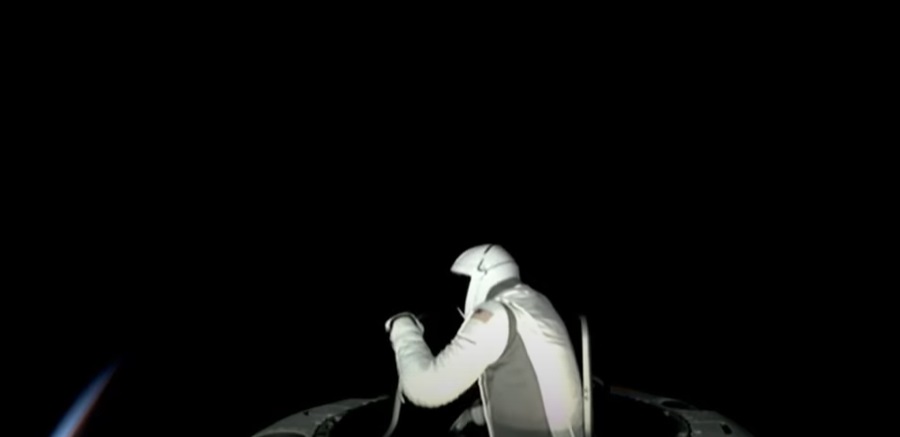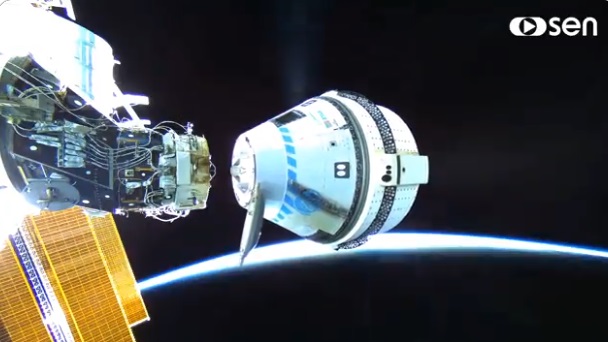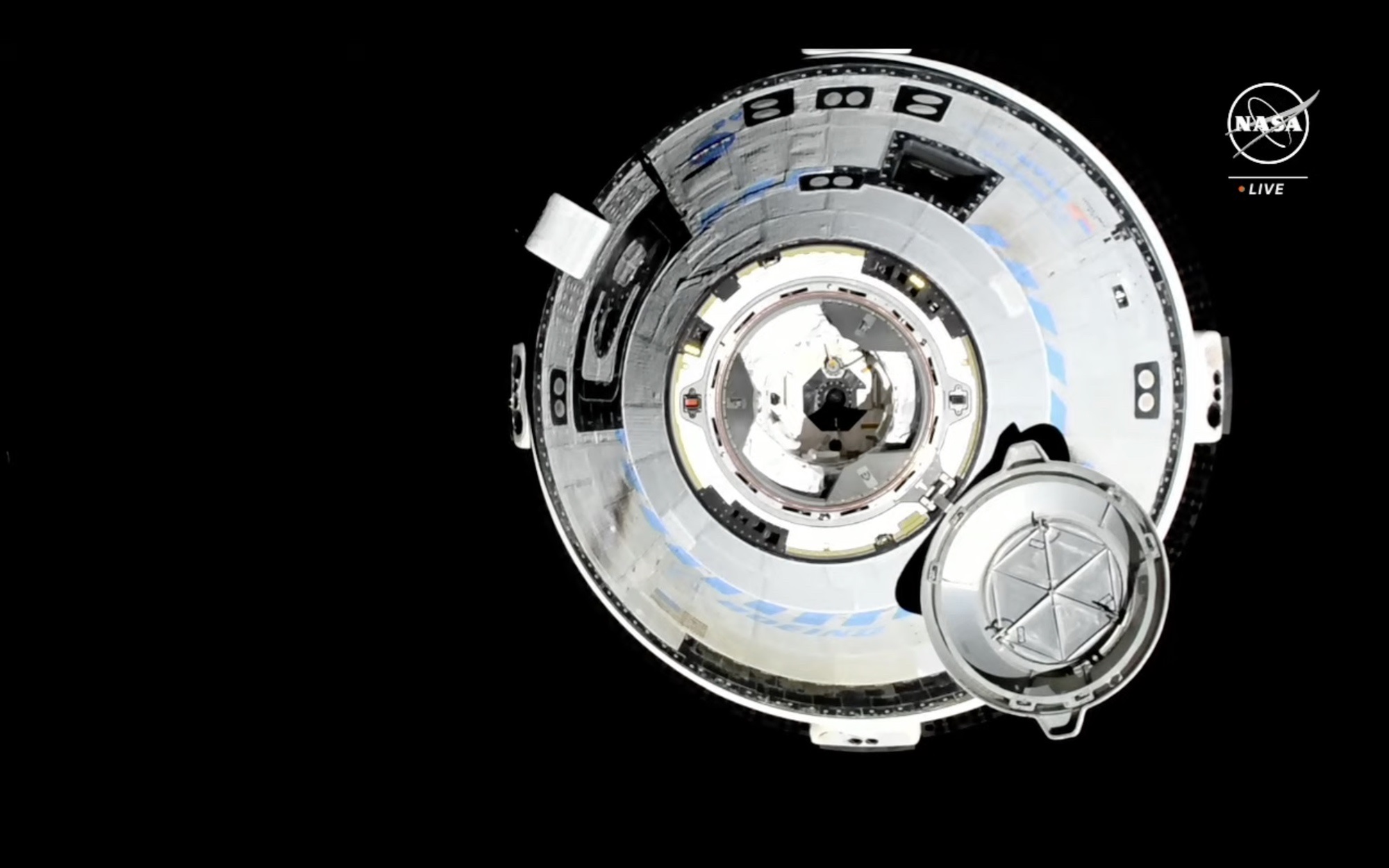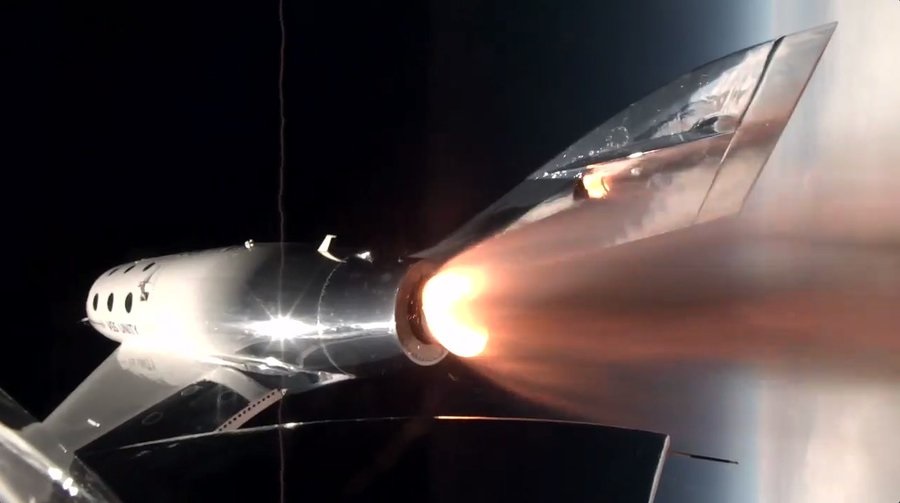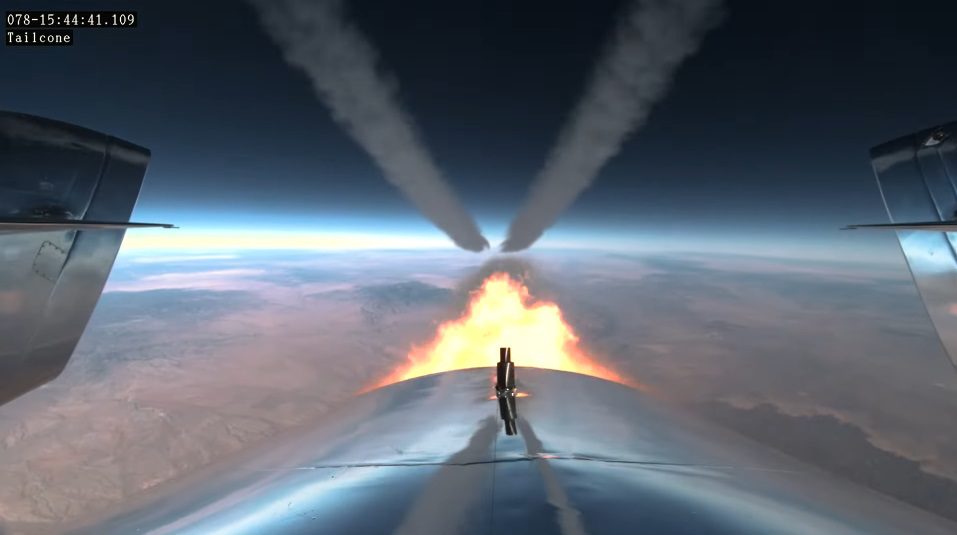Following the fatal test flight accident to Virgin Galactic’s SpaceShipTwo Seradata was approached by a world famous newswire service to provide some data on the relative risk of flying on a rocket powered space tourism flight. We did not have this exact data as suborbital space operations have yet to start properly, but our SpaceTrak database does have a log of all manned spaceflight including the suborbital flights to space (breaching the 100km limit) on Mercury, X-15 and SpaceShipOne, plus all the manned orbital attempts since Yuri Gagarin’s first flight in 1961.
Our figures show there had been three fatal manned missions (two Shuttle accidents and one Soyuz) b out of 306 (now 307) attempts (orbital and suborbital) – a fatal accident rate of just under 1 in 100. By the way, we discounted the attempt in 1500 AD by Chinese local government official Wan Hu using a rocket powered chair (powered by two kites and 47 gunpowder rockets) as a non-serious attempt. According to the legend, following ignition there was a loud bang and neither Wu nor the chair was ever seen again.
As an aside, Seradata also mentioned to the newswire service that others had performed analysis on rocket planes (e.g. the Me 163, the X-1, X-1A and the X-15 etc) in airborne flight, see http://www.armaghplanet.com/blog/space-tourism-the-frightening-truth.html and that they had come up with a similar fatal accident rate of just over 1 in 100 flights.
Unfortunately, the lead writer of the newswire story noted–incorrectly–that this risk was “more favourable” than other high-risk sports such as skiing and parachuting etc. along with some inexpert comment by an insurance lawyer that for spaceflight “you come up with a very, very, tiny, tiny probability” of death.
This was a faulty interpretation of the result. All risk is relative. As such, we at Seradata regard a 1% risk of a fatal accident on a human spaceflight mission as HIGH risk–especially–when compared with the very low risk of a fatal accident on a Western-built jet airliner. According to experts at Flightglobal Ascend (Seradata’s previous home) which keeps the official air accident tally for the UK Civil Aviation Authority, this is about 10,000 times less than the risk of manned spaceflight at less than one fatal accident in one million flights.
We have no figures on dangerous sports, skiing, parachuting and the like, but expect that while the overall “accident rate” is probably high, causing injuries ranging from broking limbs to serious head injuries (in the case of Michael Schumacher), the fatal accident rate will actually still be very much lower than 1 in 100.
Finally, risk is not the only measure you should use when deciding whether to fly on a manned spaceflight or not. What really counts is the “risk-to-reward” ratio. For example, this writer would not consider going on a 15 minute suborbital joy ride with a 1 in 100 chance of not coming back. However, if offered the same odds for a spaceflight with the carrot of walking on the Moon or Mars as part of it, he might well be tempted to take such a flight.


